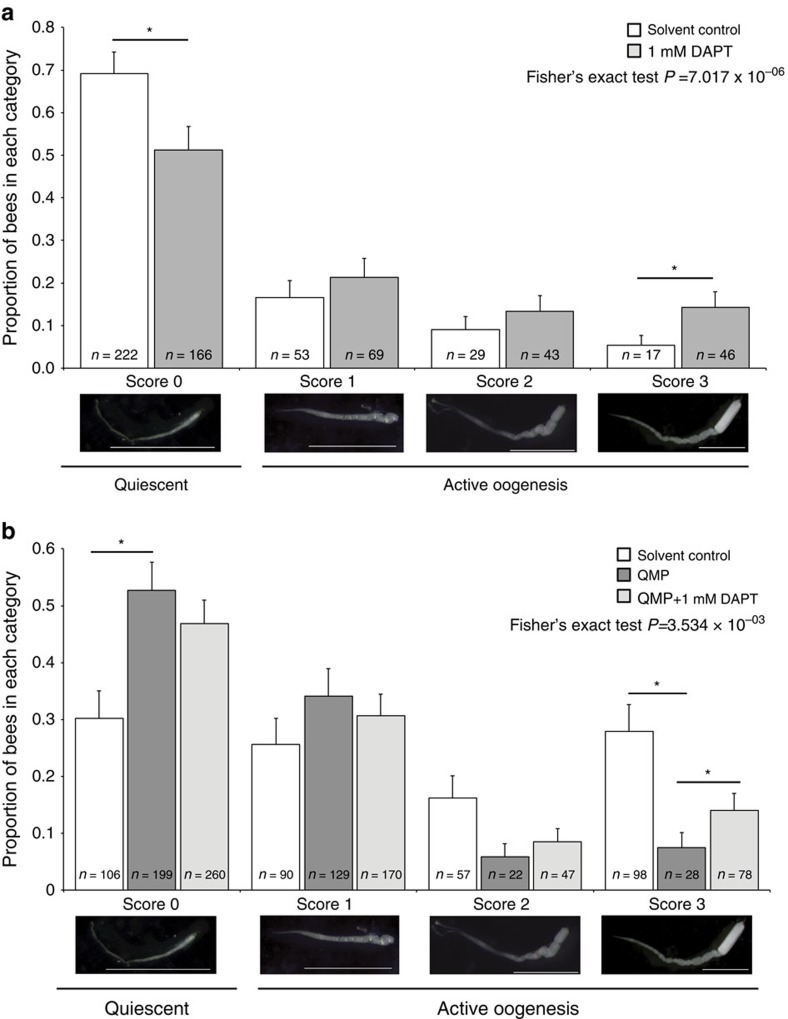Figure 1. Inhibition of Notch signalling promotes ovary activation.
(a) Proportion of bees scored as reproductively inactive (score=0), and degrees of reproductively active (score=1–3) following treatment of newly emerged bees for 10 days with 1 mM DAPT (n=324) or solvent control (n=321). Representative examples of the morphological differences seen between ovary scores are shown beneath the graphs. Treating newly emerged bees for 10 days with DAPT during mid-summer results in a significant decrease in the number of bees that are reproductively inactive (score=0, 69% reduced to 51%) and a significant increase in the number of bees that are actively laying eggs (score=3, 5% to 14%). Experiments were performed in triplicate on three separate occasions. (b) Proportion of bees scored as reproductively inactive (score=0), and degrees of reproductively active (score=1–3) following treatment of newly emerged bees for 10 days with solvent control (n=351), QMP and solvent control (n=378) or QMP and 1 mM DAPT (n=555). In late summer/early autumn there is a higher level of ovary activity in solvent-only treated bees (28% actively laying eggs, compared with 5% in mid-summer, consistent with reported seasonal variation in ovary activity40. Exposing these bees to synthetic queen pheromone reduced this ovary activity significantly (compare white bars and dark bars), with the proportion of bees actively laying eggs (score=3) reduced from 28 to 5%), this inhibition was partially overcome by treatment with DAPT (compare dark bars with light grey bars) and the proportion of bees actively laying eggs increased significantly from 5 to 16%. Experiments with QMP were performed in triplicate on two separate occasions. Error bars are 95% confidence intervals, *non-overlapping 95% confidence intervals.

